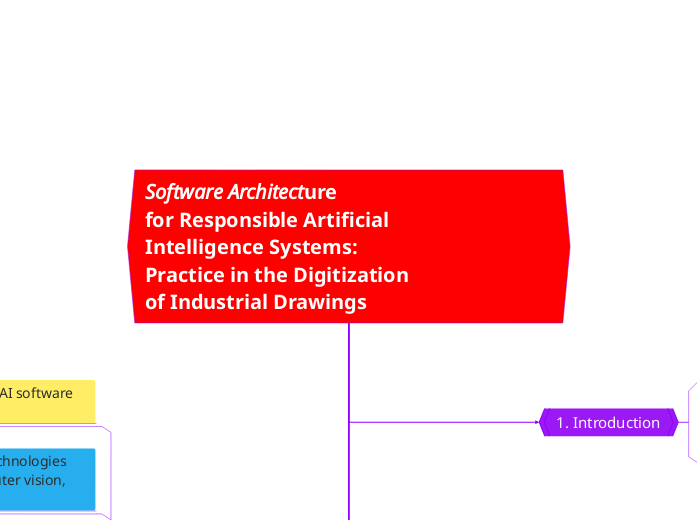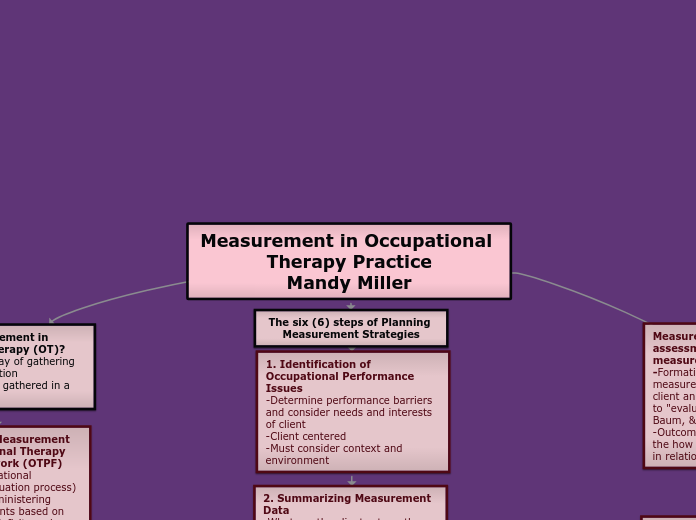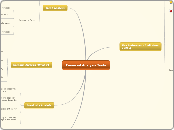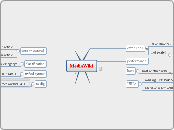Software Architecture
for Responsible Artificial
Intelligence Systems:
Practice in the Digitization
of Industrial Drawings
The digitization of historical industrial drawings presents significant challenges due to the complexity of formats, domain-specific knowledge, and high error risks in manual processes.
開啟
Software Architecture
for Responsible Artificial
Intelligence Systems:
Practice in the Digitization
of Industrial Drawings 4. Conclusion and Future Work Future improvements (interaction methods, expanded AI stack) Expanding AI models to support various industrial applications More interactive options (e.g., voice control) Benefits of AI in drawing digitization Reduces time and errors in industrial drawing digitization 2. Key Components Quality attributes (Usability, High performance, Accuracy) Security & Privacy: Protection through federated learning Performance: Efficient processing for large, multi-page drawings Usability: Non-AI professionals should navigate easily Role of AI technologies (OCR, computer vision, etc.) Knowledge Graphs for relational data OCR for text extraction Computer Vision for element detection Responsible AI software architecture Responsible AI Principles: Aligns with EU's seven AI ethics principles (e.g., transparency, accountability). 3. Architecture Design Collaborative multimodel fusion Integrates specialized AI models (e.g., text and object detection) Federated Learning for privacy Federated Learning: Secures data by training models locally Architectural Patterns: MVC, Layered Architecture Layered Architecture: Separates concerns, enhancing usability and style adaptability Model View Controller (MVC) for modular design 1. Introduction Challenges in digitizing historical drawings Complexity in historical drawing formats, domain-specific knowledge, and high error risk in manual digitization.
Purpose of responsible AI in industrial drawing digitalization









